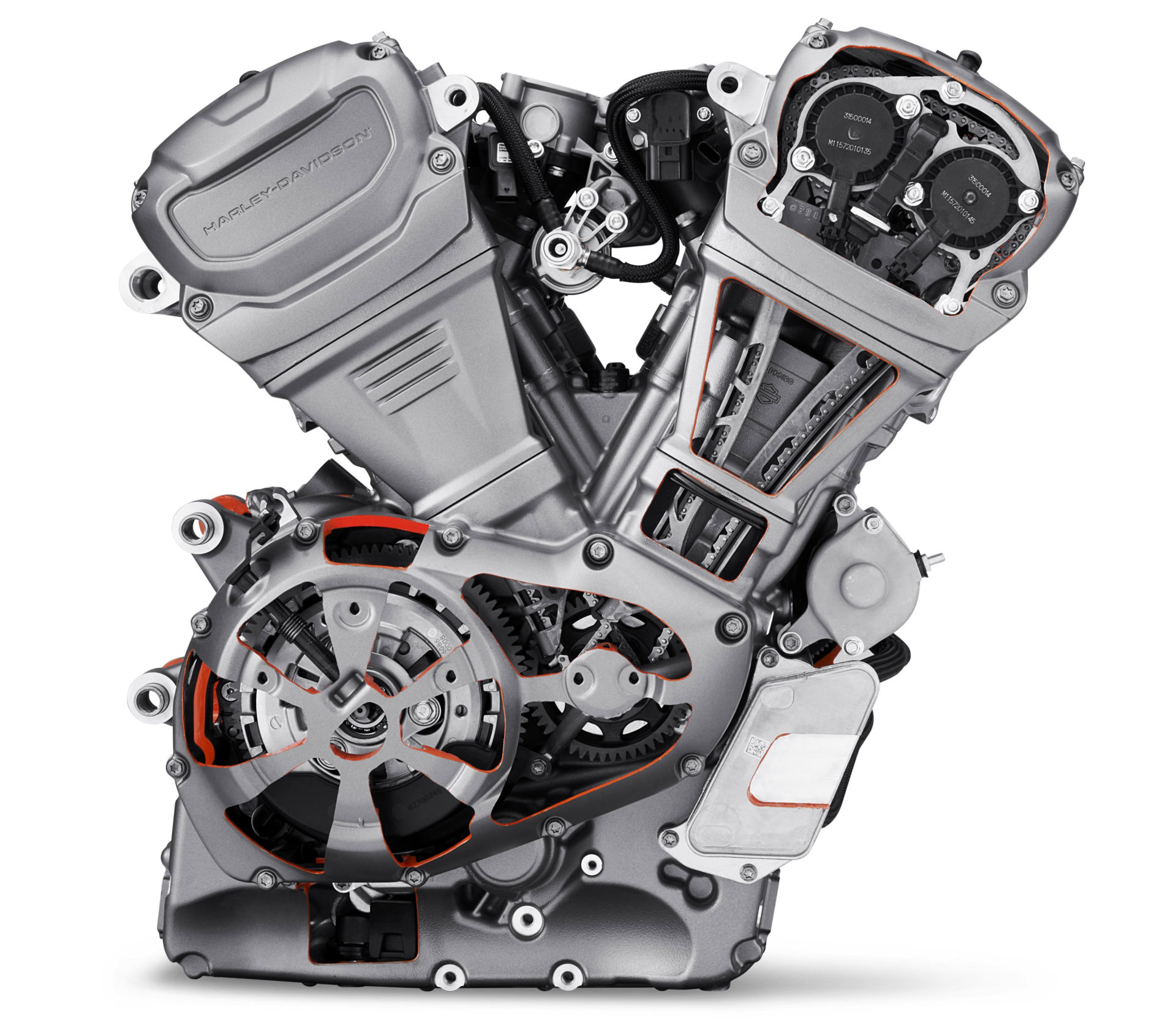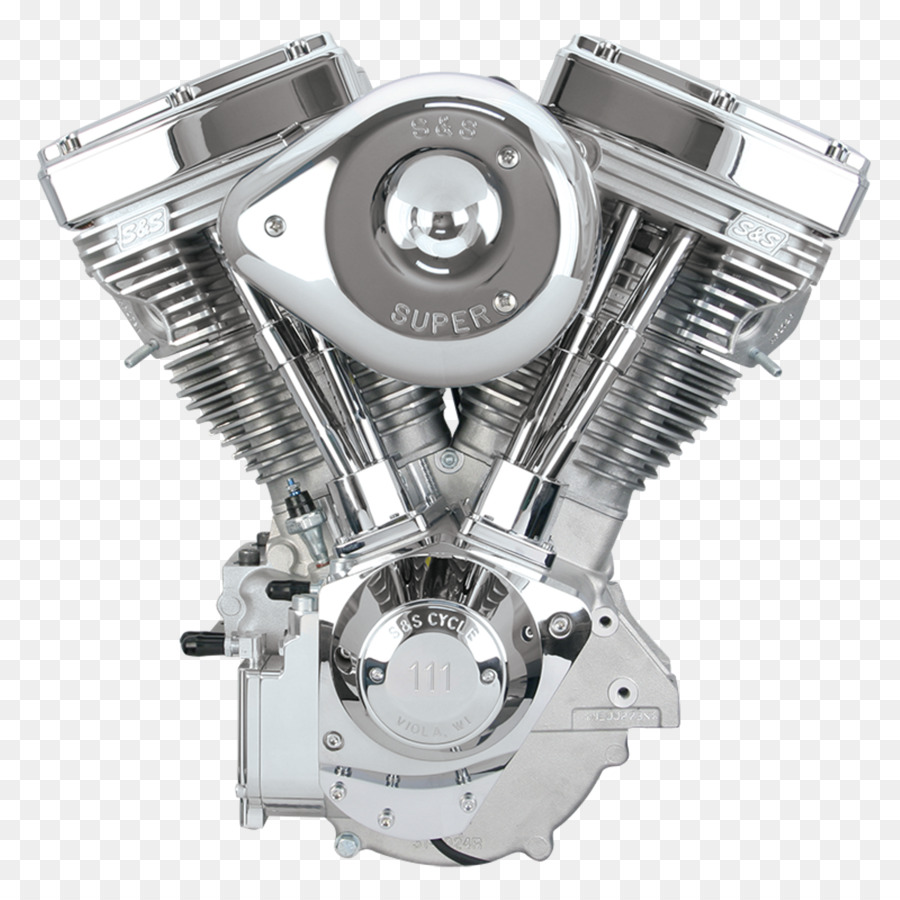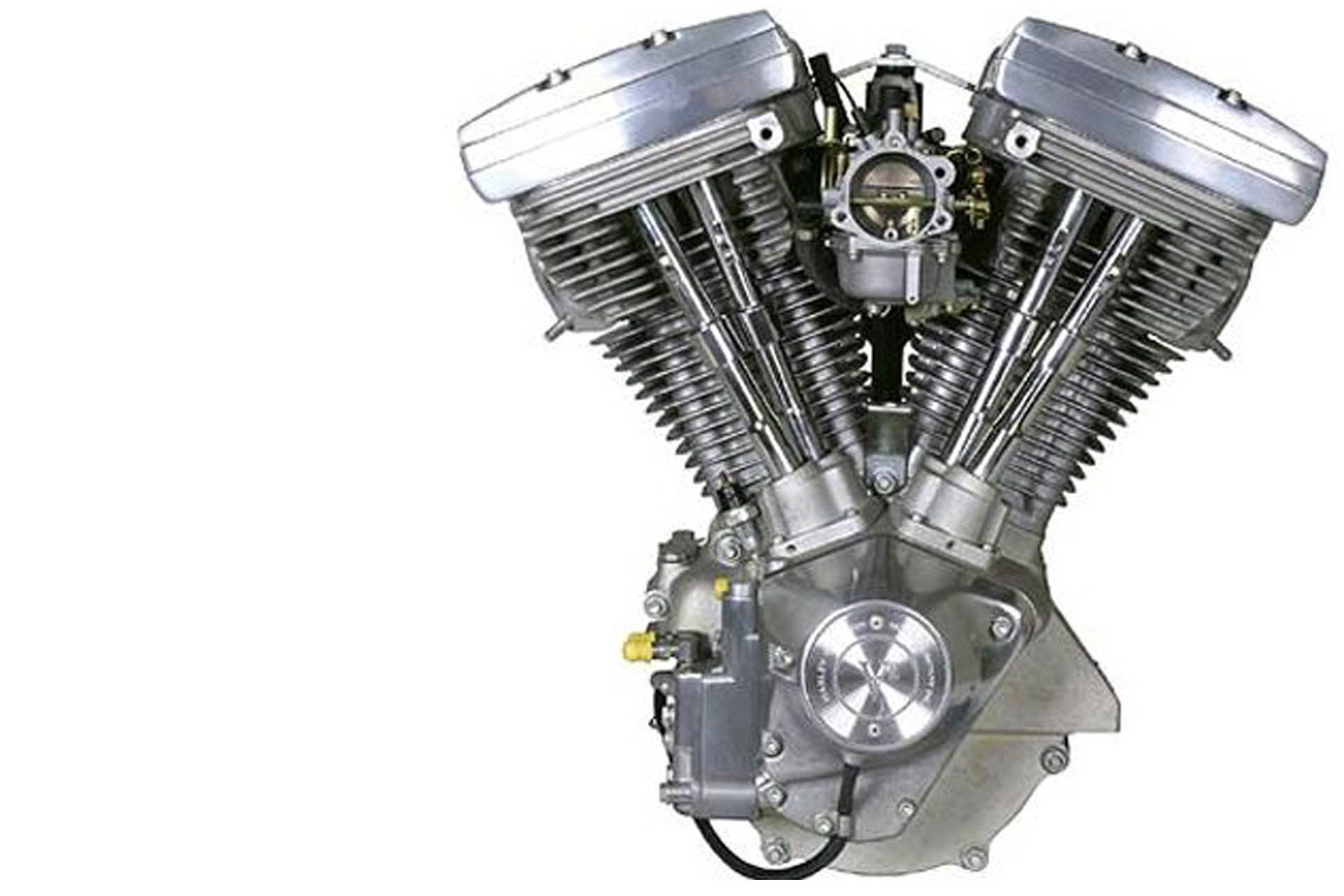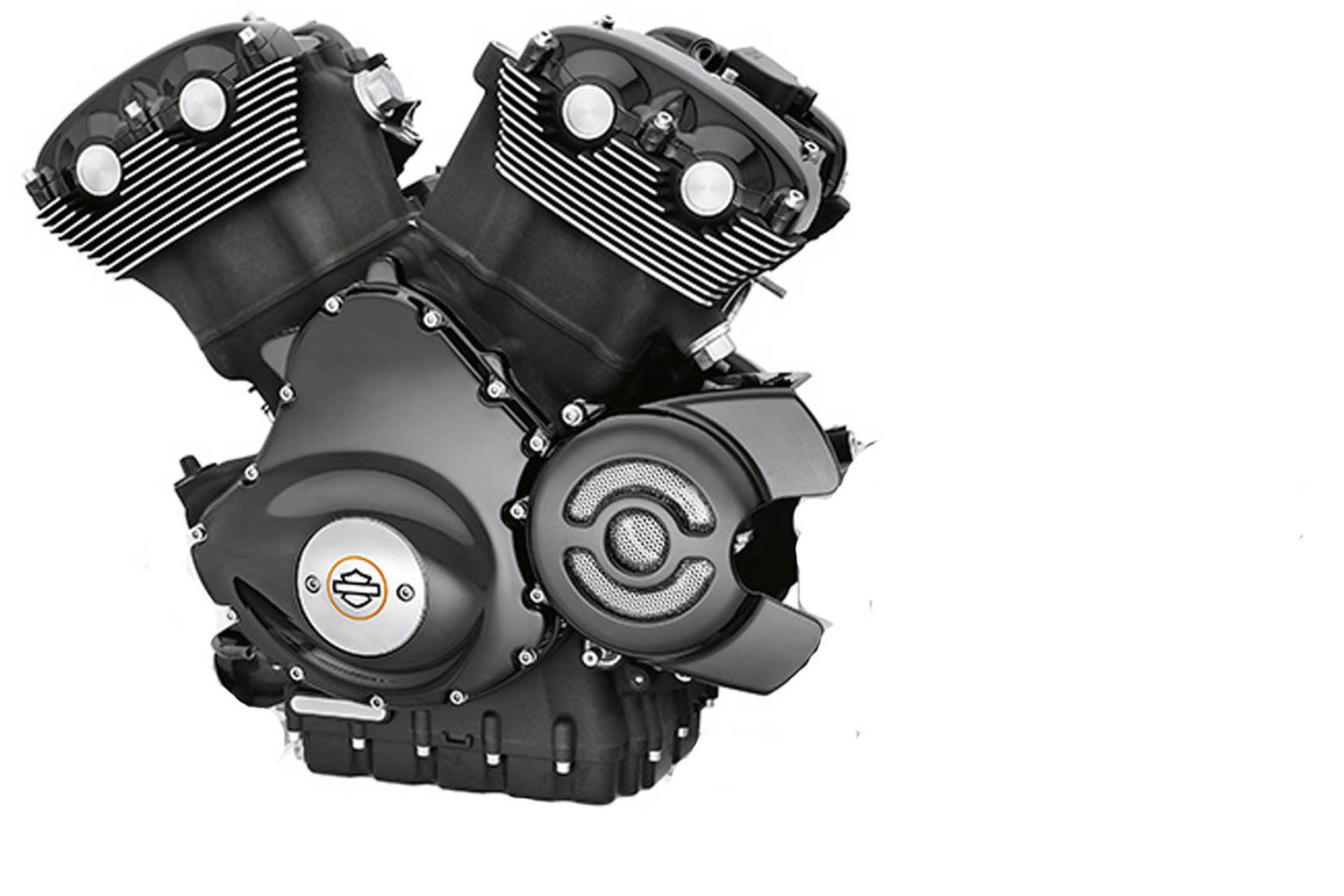Harley Davidson Engine V Angle
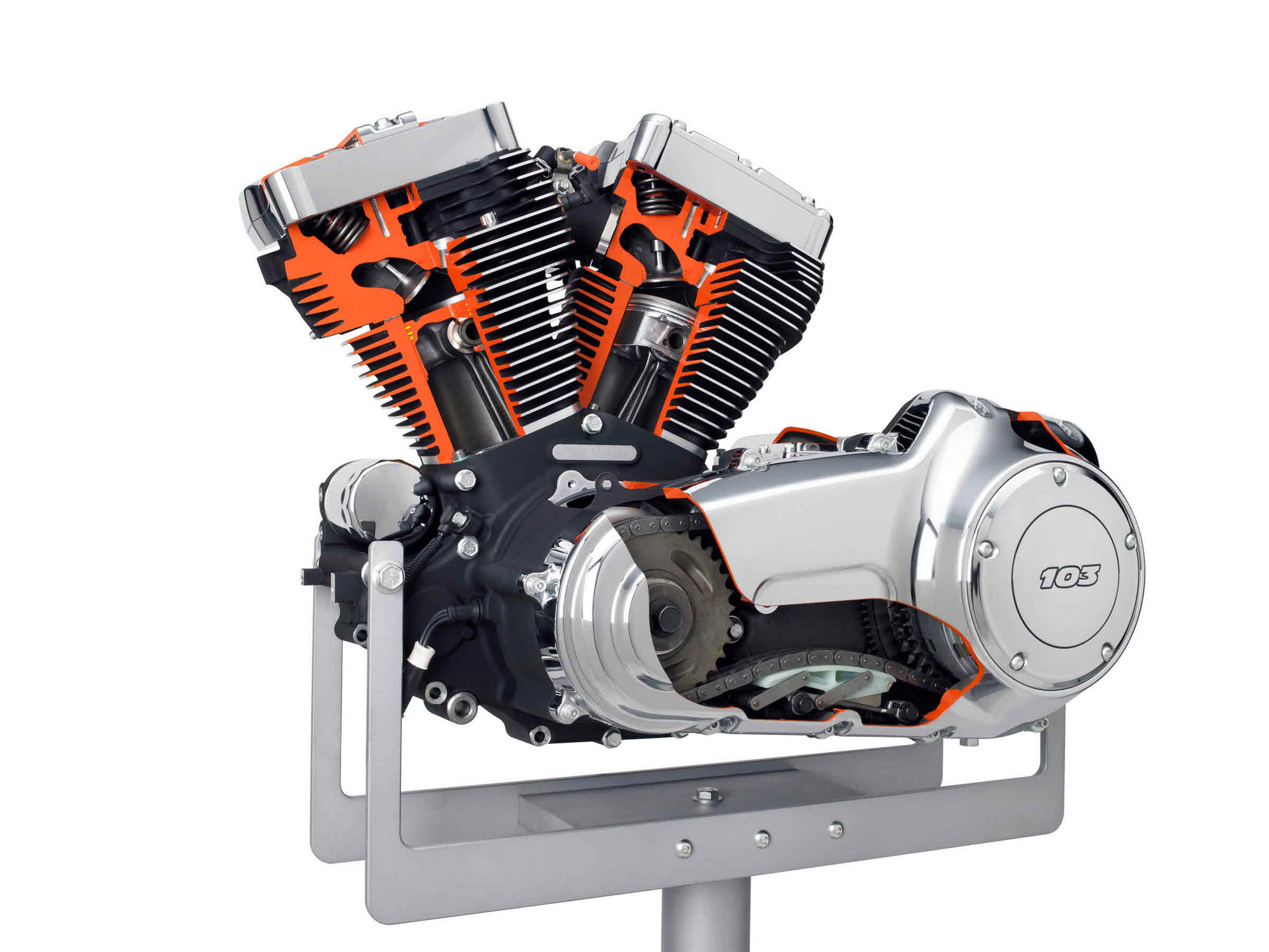
HARLEY-DAVIDSON REVOLUTION MAX 1250 ENGINE TUNED FOR ADVENTURE All-New Liquid-Cooled V-Twin to Power Pan America 1250 and Pan America 1250 Special MILWAUKEE February 22 2021 The Harley.
Harley davidson engine v angle. The V-Twin features a 1250cc displacement with a bore and stroke of 413 105mm x 283 72mm and is capable of 150 horsepower and 94 ft-lbs. The classic Harley-Davidson engines are V-twin engines with a 45 angle between the cylinders. To create this type of engine the crankshaft has two separate pins for the connecting rods from the pistons.
William Harleys new V-twin engine was effectively two 440cc singles joined together on a common crankshaft creating an 880cc engine with almost double the power at 7hp. Yet the history of Harley-Davidson engines has followed almost as many twists and turns as the iconic American company itself. The engines are air-cooled.
In the airheads the rear one leads the front by 45 degrees of crankshaft rotation or about 12 inch of travel in the cylinder. The crankshaft has a single pin and both pistons are connected to this pin through their connecting rods. Because of the V shape of the engine one piston will run ahead of the other by the angle of the V 45 or 60 degrees.
A 90 degree will fire every 270450 degrees. The pins are 180 degrees apart from one another. The engines have overhead valves that are activated by camshafts in the crankcase.
Of all the V twin angles out there right now the 45 provides the greatest minor separation between firing intervals 315 degrees405 degrees. We take a look at the history of Harley-Davidson power and how the engine designs have changed over almost. Harley V-twins have an angle of 45 degrees between the cylinders which creates lots of vibration but allows for better smoothness of power delivery and ease of packaging.
The 810cm³ and 7 PS strong V-Twin engines are only produced in a small series of 27 pieces. Optimized Design for Light Weight. A 60-degree V angle of the cylinders keeps the engine compact while providing space between the cylinders for dual down-draft throttle bodies that maximize air flow and increase performance.
